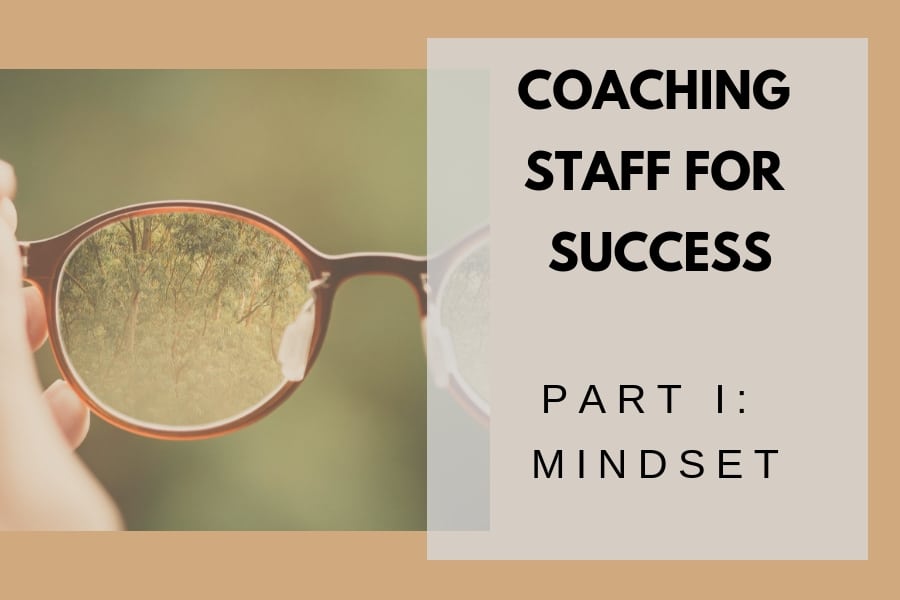You probably spend a fair amount of time coaching your staff. However, coaching can mean different things to different people. We’ve heard coaching interpreted as “telling it to them straight,” “giving my employee a pep talk,” or “giving her the benefit of my own experience.” While all these have their place in leadership, they don’t quite hit the coaching mark. In this blog series, we’ll share some musings on what makes for a great coaching relationship with an employee.
Ensure the person is “coachable.” Not everyone is coachable, and coaching is not always the right approach for every circumstance. Check how “coachable” your employee is, so you don’t waste your employee’s or your own time and resources. We like to ask about a person’s strengths and areas for improvement, listening carefully for how much self-responsibility they take. We also ask them to talk about others they work with, and how those colleagues contribute to both their strengths and their challenges. Finally, we ask them what they would most like to improve, and what they are willing to do to make these improvements.
The more personal accountability you hear in their answers, the more likely they are to be coachable. In contrast, if you hear a lot of “they’s” and “them’s;” complaints about their circumstances; generous self-promotion; or the repeated desire for others to change (“If only they would understand, try harder, do better, etc.”)—be cautious about using coaching as an approach. To successfully coach an employee, they should be at least somewhat self-aware, willing to take ownership for their growth, and honest with themselves and with you. If not, you may need to try other methods, such as training, mentoring, assessments, and/or setting clear performance expectations.
Coaching is both a method and a mindset. Coaching is not done to a person. It starts first with your own mindset, your intentional relationship with the staff member you’re coaching, and your ability to set aside your own biases, assumptions, judgments, and distractions to fully focus on them.
When coaching, you have to be willing to make it all about the other person, be detached from their outcome, and empower them to come up with their own solutions. This can be a very different way of thinking, particularly if you’re accustomed to managing, mentoring, advising, supervising, or even counseling. The assumption lies in that we all have wisdom and solutions within us, but may not always be able to access them. Coaching brings neutrality, compassion, powerful questions, reflection, validation, challenges, and accountability to help the employee tap their own wisdom and come up with their own solutions.
Coaching is a co-creative relationship. While you may have more tools, knowledge, or power than the person you’re coaching, coaching is, in essence, a co-creative relationship. The employee brings their agenda (what they want to work on), does the “field work,” analyzes the outcomes, takes action, and incorporates insights and realizations. You ask powerful questions; reflect on what you’re hearing; help them access their areas of strength; make connections with other areas of their work; and/or help them stay accountable to their goals. You cannot force someone to be coached, nor should you use coaching as a disguise for discipline or performance evaluation.
In our next blog post, we’ll discuss listening on multiple levels, asking great questions, and a simple yet powerful equation you can use when coaching.
Whether you are a brand new leader or have decades of experience, we know how hard it is to make space and time to focus on your own professional development and develop your staff. That’s where leadership coaching comes in. Learn more about our coaching services!
